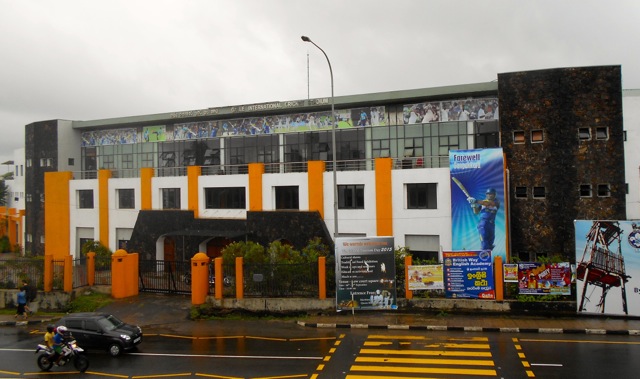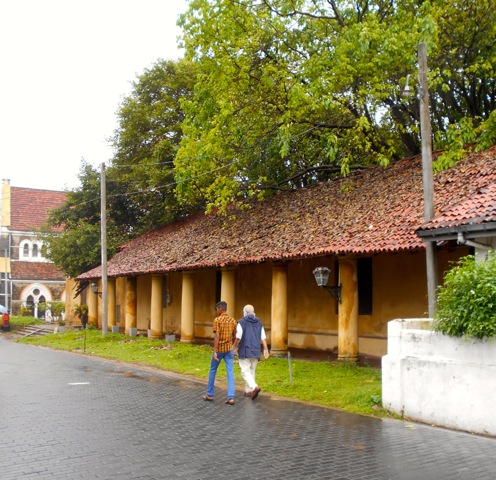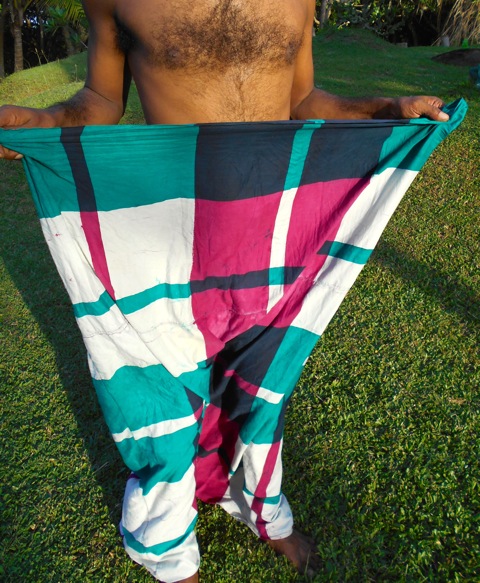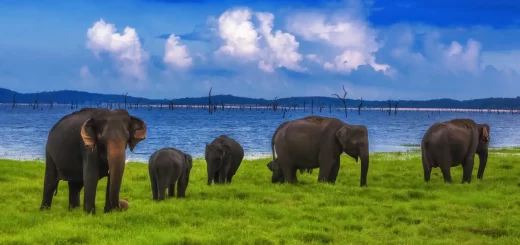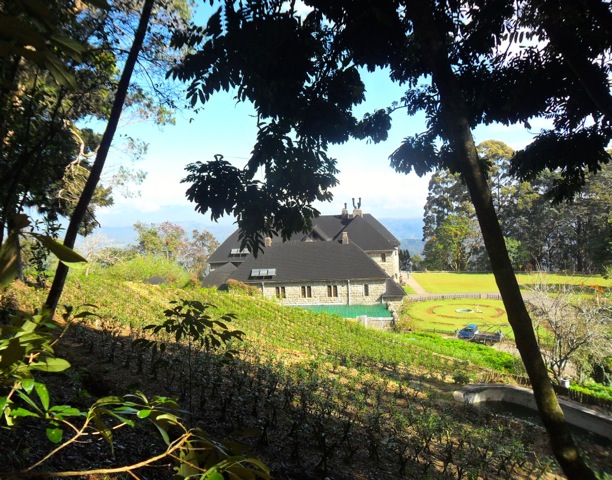SRI LANKA ROUNDABOUT (Number 22) – Cricket & Architecture
by · Published · Updated
A weekly look at Sri Lanka for Jetwing by Royston Ellis
Welcome to Jetwingers around the world to this week’s issue of my regular Jetwing newsletter about Sri Lanka.
Cricket & Architecture
The First Test Match between Sri Lanka and the West Indies this month is being played at the Galle International Cricket Stadium from Wednesday 14 to Sunday 18 October 2015. Play starts at 10.00am each day and ends at 5pm.
The Galle ground has unusual history. It was created as a race course in 1876, becoming an official cricket ground in 1927, on the esplanade link between the Fort and the town of Galle. With the Indian Ocean on two sides and the looming rampart walls of Galle Fort at one end, it is said to be one of the most picturesque grounds in the world.
Spectators sometimes gather on the ramparts with binoculars to view matches and if you are visiting Galle to watch cricket, it is a good opportunity to explore the Fort too. Begun by the Portuguese when they invaded in 1589 and extended by both the Dutch and British during colonial days, the 130-acres area of the Fort is home to 473 houses. The best preserved colonial fort in Asia, it is a thriving settlement, Number 200 on the UNESCO World Heritage List. Entrance is free.
To stroll the cobbled streets of the Fort is to discover an eclectic range of colonial architectural styles, from 17th century Dutch influenced buildings to flamboyantly tropical art deco 20th century mansions. Most of the prominent houses have been restored and transformed into charming hotels, trendy bars, art galleries, fashion boutiques and cute souvenir shops. One building that has so far escaped gentrification is the former post office with its long veranda. Built in 1760 it was originally a Dutch administration building.
Another building with a long veranda was built in 1686, becoming the Galle Museum 300 years later. A Maritime Museum has been created in the old stores and warehouses that were once part of the Fort’s walls. There are also private museums, doubling as antique shops. A British administration building that was formerly the Dutch Hospital has been turned into a block of restaurants, bars and gem shops.
Galle Fort is a super place to stay while watching cricket, because of its convenience in being able to walk from place to place, and the after-dark action: no night clubs but good food in its many cafés and restaurants and great camaraderie in its pubs.
Both the Galle railway station and new bus station are close to the Fort andso is the cricket stadium entrance, which is distinguished byminiature pepper-pot sentry boxes copied from those protruding from the rampart walls.
Galle is easy to reach by public transport from Colombo. A train with reserved seats in 1st Class (bookable in advance through railway stations) leaves Colombo at 6.55am and arrives at Galle in time for the start of play. It leaves Galle at 3.20pm, and reaches Colombo at 6.10pm. Air-conditioned buses run throughout the day along the Southern Expressway, reducing the travel time between Colombo and Galle to just over one hour.
Royston Ellis (www.roystonellis.com) is a British author resident in Sri Lanka since 1980

